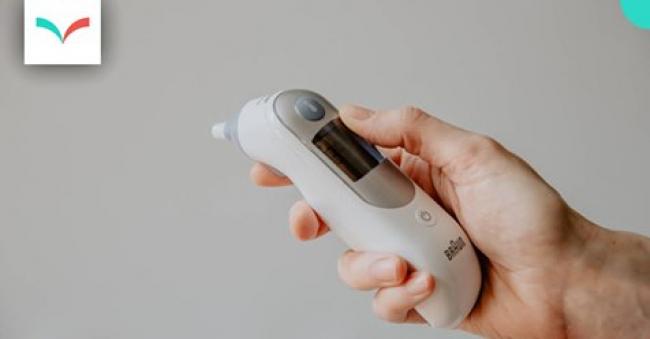Articles Menu

MARCH 27, 2020
I've been sick since last week. For days, I had a sore throat more painful than any I can recall, leaving me barely able to swallow and having to brace myself to take just a sip of water.
I’m following public health advice as best I can, isolating at home with my family. (There’s really no such thing as self-isolation in a small apartment with a toddler. My partner recently developed a mild fever and achiness. Our kid seems fine.)
Do I have COVID-19?
I may never know.
If I were in a country like South Korea, I’d have no problem getting tested. There, the government took quick and decisive action, calling on the private sector to develop testing kits. The country now has several approved and in operation.
Here in Canada, we are not in such a dire state as the United States, where testing has been disastrous thanks in large part to an uncaring and incompetent president. But still, we lag behind South Korea, to our detriment. Instead of having the capability to broadly test, ascertain the size of our epidemic, and respond with precision, we are hampered by insufficient numbers of trained personnel and equipment and thus are testing only individuals that meet a narrow set of criteria.
Notably, laboratory backlogs have developed, and the reagents (chemicals) and type of nasal swab used for testing are in short supply.
“Swab supply is critically limited,” says the BC Centre for Disease Control.
COVID-19 tests require a nasopharyngeal swab, a long and slender swab designed to reach through the nasal passage all the way to the nasopharynx, the upper part of the throat that connects the nose to the mouth. Given shortages of these specialized swabs, labs are now accepting other less flexible swabs that weren’t formulated to reach through the nasal passage for COVID-19 testing.
A few days before falling ill, I had been trying to figure out where the swabs come from and whether Canada could figure out a way to make more. I also wanted to know what test design was being used in Canada and whether the government had considered purchasing or adopting some of the efficient testing designs used elsewhere, such as in South Korea.
I sent a set of media queries, twice, to multiple governments, the first dispatch going out about 10 days ago. The federal government did not respond. Ontario acknowledged my message each time and said they would follow up but did not. British Columbia sent me a couple of weblinks that led to pages I was already monitoring.
When I pointed this out, the B.C. Ministry of Health responded with this quote:
Not everyone needs a test for COVID-19, even if they have mild symptoms. We want to make sure that everybody who needs the test is able to get it, and only a health-care professional can determine whether a test is required.
B.C. has been testing everyone who needs to be tested – thousands per day. As per the BC Centre for Disease Control’s website, those who need the test include: people who are hospitalized or likely to be hospitalized; health-care workers; residents of long-term care facilities; and people who are part of an investigation of a cluster or outbreak.
As the number of cases increase, we have set up an online self-assessment tool to help people determine if they need further assessment or testing. We are also increasing the number of tests we are able to process, and these measures will be reconciled within the next few days.
Given that this is affecting countries around the globe, B.C. has been taking measures since the beginning of the outbreak to ensure we have enough health-care supplies, including the swabs needed for testing.
This statement did not provide any details that responded to my queries and made me wonder what is going on behind the scenes. I can understand not wanting to induce panic among the public. But evading questions and failing to provide clear and accurate information on our state of preparedness is a surefire way to create unease.
Since then the federal government has approved the usage of two more COVID-19 tests and appears to be working to approve more (including some from South Korea). And I have learned, on my own, that a main source for the nasal swabs is a company called COPAN, based in the region of Lombardy, northern Italy — epicentre of that country’s COVID-19 epidemic.
It’s true that testing wouldn’t change anything for me in terms of medical treatment. I’m not in any danger at the moment, so a positive COVID-19 result would still mean that I should stay at home in isolation.
But it would provide an important piece of data, filling in the bigger picture we need to see to get a grip on the pandemic.
Doctors have warned that infection levels are much higher in Canada than the public knows.
This week Dr. Tedros Adhanom, the director-general of the World Health Organization, instructed countries to “implement a system to find every suspected case at community level” and “ramp up the production, capacity and availability of testing” in order to be able to bring the virus under control.
“Aggressive measures to find, isolate, test, treat and trace are not only the best and fastest way out of extreme social and economic restrictions — they’re also the best way to prevent them.”
Without proper data, we risk mismanaging our epidemic and emerging from the unprecedented restrictions we are now living under with a false sense of safety, only to start the cycle again.
[Photo: Photo: Kelly Sikkema on Unsplash]